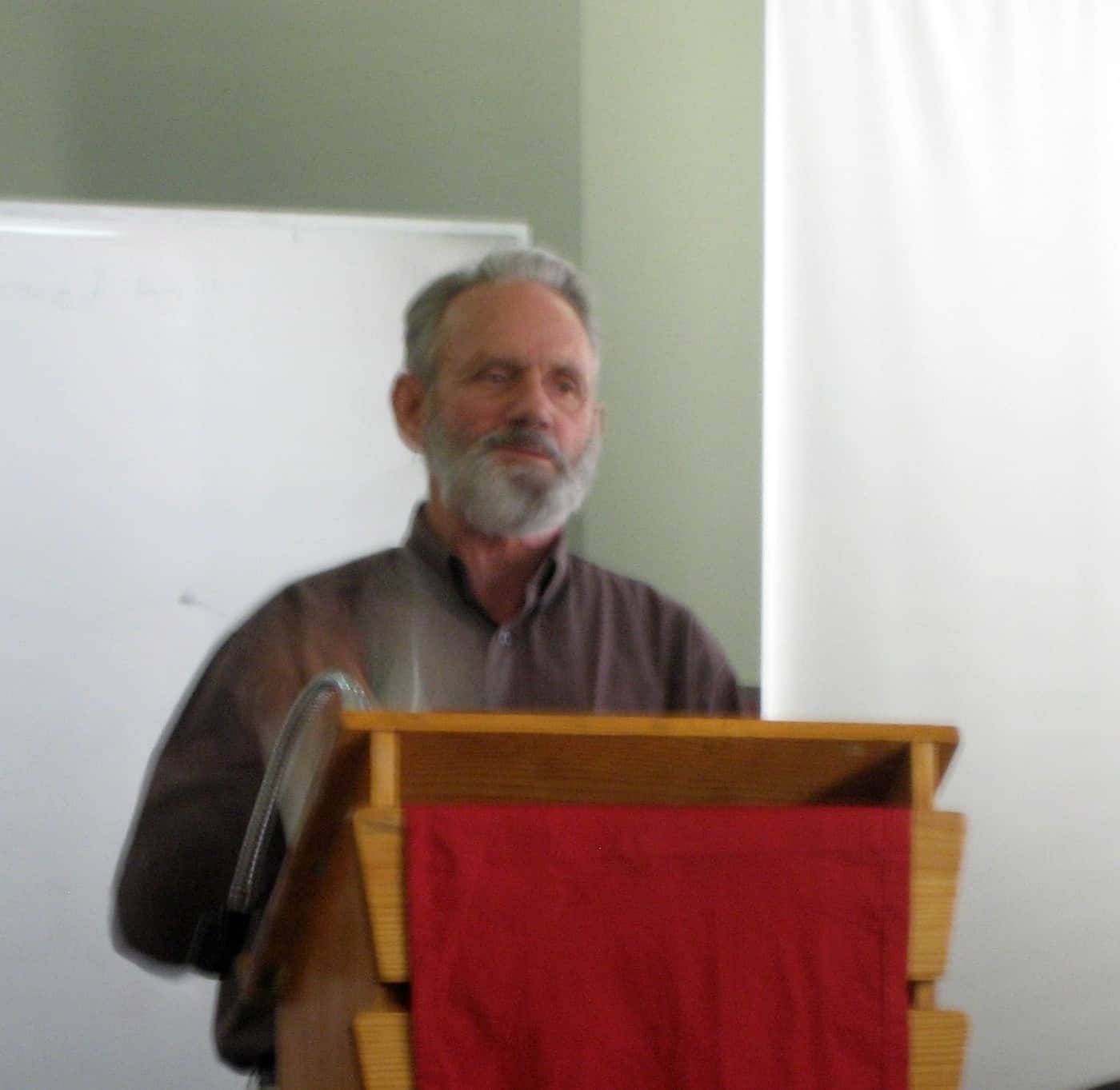In late November 2009, the Victorian State Emergency Services (SES) was convicted of OHS breaches over the death of one of its volunteers and was fined $A75,000. The SES has chosen to allocate $A150,000 to a review of its safety management after strong criticism from the Mildura Magistrate, Peter Couzens.
In answer to the title of this article, a minimum of $A225,000 and one person’s life.
In May 2007, a volunteer with the SES a, 54-year-old Ron Hopkins drowned on a training exercise in the Murray River. WorkSafe Victoria provides the following scenario:
“A boat took the four volunteers doing the [swimming] test out into the river and they got in to the water but Mr. Hopkins soon got into difficulty.
An oar was extended to him from the safety boat but he soon disappeared below the water.
Despite the efforts of the SES personnel to find him, his body was recovered the next morning by NSW police divers.
WorkSafe’s investigation found the safety boat had life jackets for the two assessors who were in the boat, but there were no other buoyancy devices which could be used in an emergency.
Some other participants involved in the swim test also experienced difficulties in the cold water and after swimming to the centre pylon of the George Chaffey Bridge, they held on to bolt heads extending from a rubber buffer attached to the pylons at water level. They were later picked up by the safety boat.
At the time of Mr Hopkins’ death the SES had no rule against carrying out swim tests in water where there was limited visibility or where a rescue could be difficult to carry out if someone got into trouble.
As a result, lakes and rivers were sometimes used as well as local swimming pools.
At the time of this incident there were a number of swimming pools with the facilities to help anyone one (sic) who got into difficulties in the Mildura area that could have been used for the test.”
Hopkins had been a member of the SES for seven years and had participated in searches associated with drownings previously, according to one AAP report. The SES expressed regret and sympathy at the time of the incident in a media statement. A short report of Hopkins funeral is available online.
As the Murray River runs on the boundary between Victoria and New South Wales a NSW coronial inquest was planned until the Victorian prosecution was announced.
At the committal hearing in June 2009, the magistrate allowed Hopkins’ widow, Meryl, some input in the Court procedures. And in the November 2009 hearing, Mrs Hopkins’ victim impact statement is reported to have said that:
“… since the incident Mrs Hopkins had felt her life had lost meaning and she sometimes wished she had drowned with him. The court heard she had experienced mental and physical health issues, including post traumatic stress, panic attacks, exhaustion and sleep disturbance.”
In 2003/04 Chris Maxwell undertook a review of the Victorian OHS Act and was critical of the special treatment provided to government authorities at that time and advocated that any organisation that breaches OHS law should be treated equally. Maxwell told the Central Safety Group in 2004:
“I have to address a meeting next week of the Heads of Department to talk to them about the chapter entitled “The Public Sector As An Exemplar”. They need it explained a little more fully. It is good that the Public Sector wants to grapple with the issue “what does that mean for us?” It is a theme of the Report that the public sector should be treated exactly the same as the private. It shouldn’t be otherwise but the history of prosecutions tends to make you wonder about that. I know John Merritt, the Executive Director is absolutely committed to that principle. It is interesting to note that the Education Department has recently received an Improvement Notice.”
“I would go further, however, and suggest that government (as employer and duty holder, and as policy maker) can, and should, be an exemplar of OHS best practice. By taking the lead in the systematic management of occupational health and safety, government can influence the behaviour of individuals and firms upon whom duties are imposed by the OHS legislation.”







